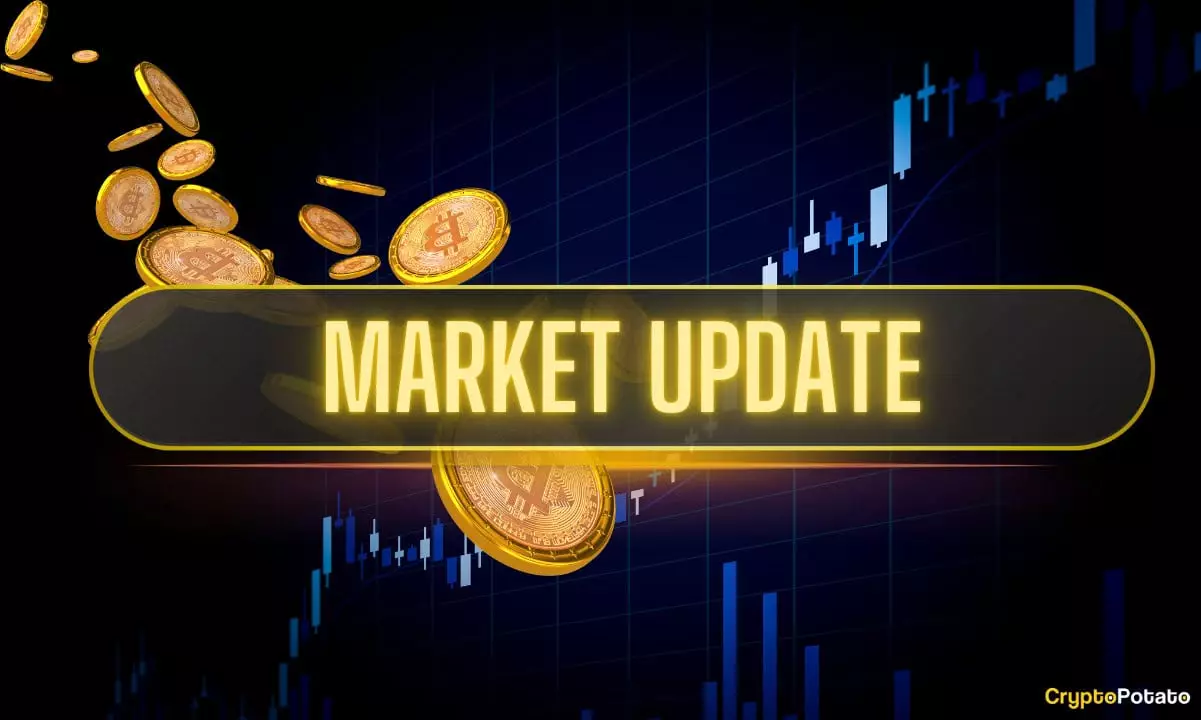This past week marked a pivotal moment in cryptocurrency history—one that boldly defied the cautious consensus often propagated by critics and skeptics. Bitcoin, the flagship of crypto assets, shattered months of persistent consolidation, soaring to new heights and challenging the notion that digital assets are mere speculative toys. The sudden breakout was not merely a technical anomaly but a clarion call that the market is maturing, driven by a potent blend of institutional confidence and underlying on-chain strength. Critics might dismiss this rally as hype-driven or fleeting, but ignoring these developments risks missing the bigger picture: a nascent financial revolution gaining momentum.
Rather than being a random spike, this rally bears the hallmarks of a fundamental shift. The market’s recent surge was preceded by subtle on-chain signals—dormant whales awakening, institutional actors diversifying holdings, and retail investors still largely sidelined. These reset the narrative: this isn’t just a market driven by retail FOMO but a calculated move by entities with longer-term visions. With Bitcoin approaching $118,000 and a market capitalization exceeding $2.3 trillion, the crypto space is asserting its presence not as an ephemeral trend but as a new asset class capable of challenging traditional finance.
Institutional Giants and the Reinforcement of Crypto Legitimacy
Historically, skepticism from traditional financial institutions cast a shadow over cryptocurrencies. Yet, recent developments demonstrate a paradigm shift. The involvement of major long-standing banks, such as BNY Mellon, endorsing Ripple’s stablecoin RLUSD as a custodian signals a deepening institutional trust. Such moves validate crypto as a viable store of value, especially amid geopolitical tensions and economic uncertainties. The current geopolitical climate, characterized by escalating tariffs from the United States against multiple key partners, paradoxically seems to bolster crypto adoption rather than hinder it. When fiat currency stability feels threatened, the appeal of decentralized assets becomes more apparent—and more necessary.
This emerging trend reframes cryptocurrencies from speculative instruments into strategic hedges. The fact that Ripple’s RLUSD hit a significant $500 million market cap and gained backing from a venerable institution challenges the narrative that crypto is outside the formal financial system. Meanwhile, the ongoing token burns by BNB Chain—disappearing over $1 billion worth of tokens—highlight a crucial point: cryptos are evolving towards scarcity-driven models that appeal to rational, risk-conscious investors looking for clear value propositions.
Resilience Amid Adversity: The Market’s Hidden Strengths
Despite the market’s bullish triumph, underlying whispers suggest a more nuanced reality. Retail investor activity remains subdued, with on-chain data indicating that most of the recent gains are concentrated among whales and institutional players. This divergence exposes vulnerabilities: if retail investors later jump in en masse, the market could experience volatile corrections. However, the current structure also points to a maturation process, where institutional confidence is establishing a firm foundation for sustained growth.
Compounding this narrative is the recent return of stolen assets—a hacker who orchestrated a $42 million exploit promised to return most of the funds after accepting a bounty—underscoring that the security landscape remains complex. But even here, positive signals emerge. The attacker’s willingness to cooperate and the industry’s ability to recover stolen assets reveal an ecosystem increasingly regulated and resilient.
Meanwhile, the infusion of capital into Ethereum’s spot ETFs—culminating in a record $300 million inflow—demonstrates that major institutional investors are not just dabbling but deploying serious capital. ETH, now surpassing $3,000, is emblematic of a network that has established credibility beyond retail circles. The market’s ability to sustain and amplify such upward momentum dispels the myth that crypto is inherently unstable or merely driven by speculative fervor.
The Future: Navigating a Market on the Rise
This week’s market movement marks a clear departure from past cycles, where crashes and corrections often followed rapid gains. Instead, there’s a sense of resilience, pushing the boundaries of what many thought possible. The combination of on-chain evidence, institutional backing, and a relatively subdued retail participation signals that the market could be entering a more mature phase—one characterized by strategic accumulation and institutional endorsement.
Of course, skepticism remains justified, especially given geopolitical tremors and regulatory uncertainties. Yet, for those willing to see beyond the short-term noise, this rally signifies a stabilizing core that has the potential to push crypto assets into mainstream financial portfolios. It’s a pivotal moment where conservative investors should recognize the importance of these developments—the risk is real, but so is the reward for those brave enough to stay committed.
This rally doesn’t exist in a vacuum; it’s a testament to the transformative power of blockchain technology and the growing acknowledgment that digital currencies can serve as essential components of a balanced, resilient financial system. The next few weeks will reveal whether this is a fleeting spike or the start of a sustained ascent that challenges the status quo, redefining the future of finance altogether.














